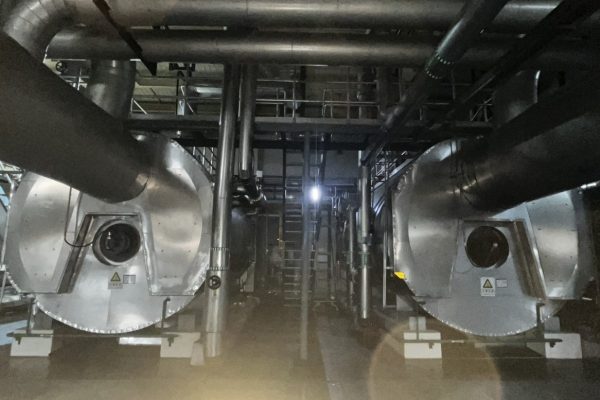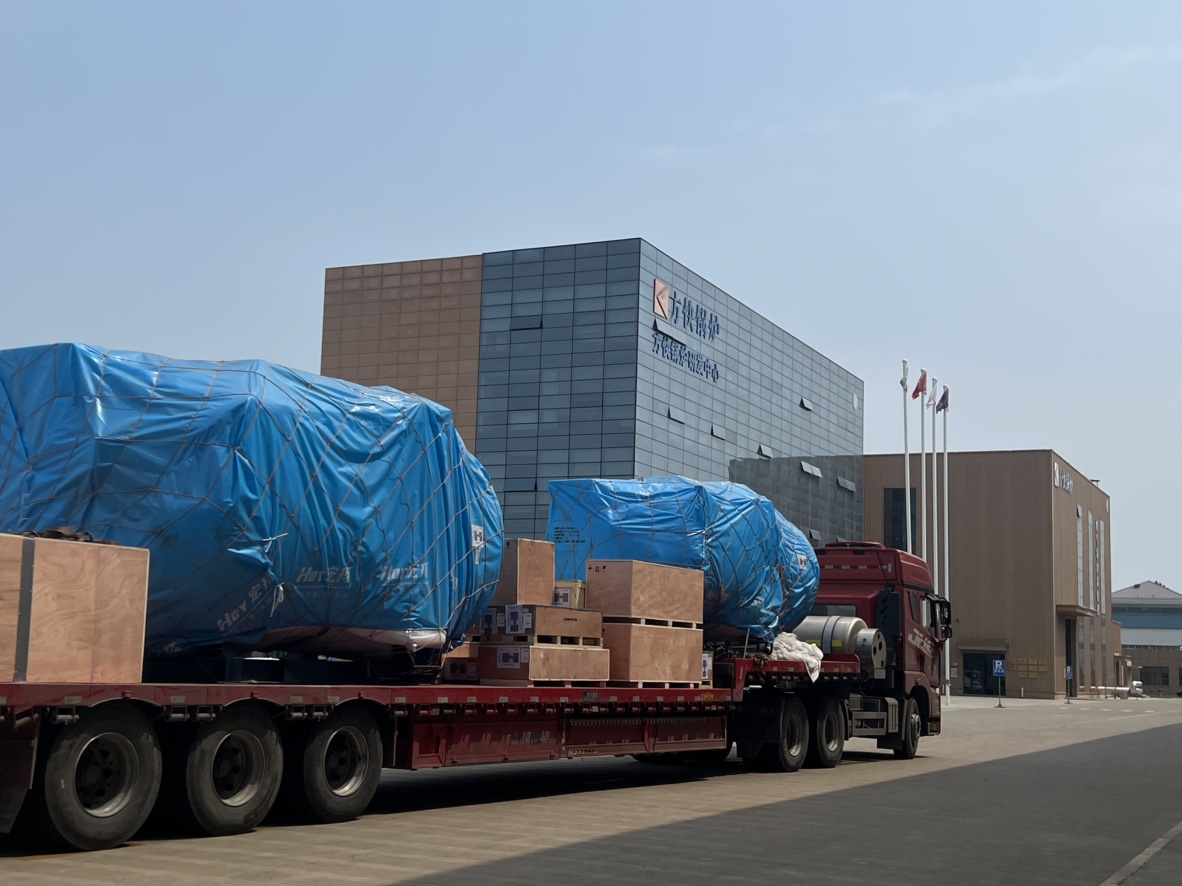What Is a Condensing Boiler?
A condensing boiler is an advanced, high-efficiency boiler designed to recover heat that would normally be lost in the flue gases. By cooling the exhaust below its dew point, the water vapor condenses and releases latent heat, which is then reused to preheat the feedwater. This process boosts thermal efficiency to as high as 98%, far higher than traditional boilers.
In simple terms, condensing boilers reclaim “waste” heat from exhaust gases and return it to the system, delivering more useful heat per unit of fuel. The result is reduced fuel consumption, lower operating costs, and significantly fewer carbon emissions — making condensing boilers an energy-saving and eco-friendly choice for modern heating systems.
How condensing boilers work
- Fuel is burned in the combustion chamber to produce hot flue gases.
- The primary heat exchanger transfers most of that heat to water (or steam).
- Before the exhaust is vented, the flue gases pass through a secondary (condensing) heat exchanger where they are cooled below the dew point; water vapor condenses and releases its latent heat.
- The condensate is drained away; the recovered heat preheats the return water or feedwater, reducing the fuel needed for steam generation.
Note: Because condensation produces mildly acidic condensate, condensing boilers use corrosion-resistant materials (stainless steel or special alloys) in the condensing heat exchanger and need a safe condensate drain path.
Condensing vs. conventional boilers
- Heat recovery: Condensing boilers capture latent heat from flue gases; conventional (non-condensing) boilers exhaust most of that heat.
- Exhaust temperature: Condensing units have significantly cooler flue temperatures (often near ambient), which reduces stack losses.
- Materials & condensate handling: Condensing boilers require corrosion-resistant exchangers and condensate management; conventional boilers do not produce condensate from combustion gases.
- System design considerations: Condensing boilers perform best with lower return temperatures (so the flue gases can condense). Systems designed for very high return temperatures may not realize full condensing benefits without piping or control changes.
Are condensing boilers actually more efficient?
Yes — in many applications. By recovering latent heat, modern condensing boilers commonly achieve system efficiencies in the 90%+ range, whereas older non-condensing units often sit well below that. The exact gain depends on the system: return water temperature, load profile, fuel type, and installation quality. Typical real-world fuel savings are frequently quoted in the 10–25% range versus older non-condensing designs when the system is configured to allow condensing.
Caveat: if a system always runs at very high water temperatures (so the flue gases cannot be cooled enough to condense), the efficiency advantage shrinks. Good controls and low-temperature return strategies maximize the benefit.
Advantages and disadvantages of condensing boilers
Pros
- Higher seasonal fuel efficiency and lower operating costs when properly matched to the system.
- Lower flue temperatures and reduced greenhouse gas per useful kWh.
- Smaller footprints are possible with modern packaged condensing units.
Cons
- Higher upfront cost for the condensing heat exchanger and associated controls.
- Requires condensate drainage and corrosion-resistant materials — adds installation complexity.
- If installed on an incompatible hot-return system, performance gains may be limited unless system piping or controls are updated.
How to choose the right condensing boiler?
- Match capacity to load — avoid oversizing; oversized boilers cycle and lose efficiency.
- Check return temperature expectations — pick a unit and piping layout that lets the return water get low enough to condense during normal operation.
- Material & warranty — verify the condensing exchanger material (stainless steel or equivalent) and the manufacturer’s warranty on corrosive condensate issues.
- Controls & modulation — modulating burners and advanced control logic improve part-load efficiency.
- Local codes & condensate disposal — ensure condensate disposal meets local regulations and neutralization requirements.
- Service & spare parts — choose a supplier with good after-sales support and local service options.
Always involve a qualified heating engineer to model the expected seasonal efficiency and payback for your specific installation.
Price comparison: condensing vs ordinary boilers
- Upfront cost: Condensing boilers typically cost more to buy and install than basic non-condensing boilers because of stainless exchangers, controls, and condensate plumbing.
- Operating cost: Fuel savings from higher efficiency often offset the higher capital cost over time — payback depends on fuel prices, annual run hours, and system design. Typical references report noticeable savings (often quoted as 10–25% fuel reduction) when systems are set up to condense regularly.
For a realistic decision, get quotes for both unit + installation, estimate annual fuel use, and calculate simple payback (or ask the manufacturer/dealer to run the numbers).
Condensing boiler manufacturer — FangKuai Boiler
FangKuai (FANGKUAI) is a Chinese industrial boiler manufacturer that produces gas, oil, electric, and other types of boilers and exports worldwide; the company lists commercial and industrial boiler product lines and projects for export markets. If you’re considering FangKuai products, request detailed datasheets, material specs for the condensing heat exchanger, local references, and after-sales/commissioning support notes.
Conclusion
Condensing steam boilers are a proven way to raise the thermal efficiency of steam systems by reclaiming latent heat from combustion gases. When the system is properly designed or retrofitted (lower return temps, correct materials, condensate handling), they usually deliver measurable fuel savings and emissions reductions — though they require a higher initial investment and careful installation. To choose the best option, compare full installed costs, projected fuel savings, manufacturer specs (materials and warranties), and local service availability. For manufacturers like FangKuai, request technical sheets and site references, and have a qualified engineer verify system compatibility before buying.
Get your best price
Quickly compare 3 FREE quotes
- Engineer quick quote
- The overall delivery speed is fast
- Financial choice
- Low installation costs and cost savings
25 years+ of boiler R&D
More than 20 innovative technologies




